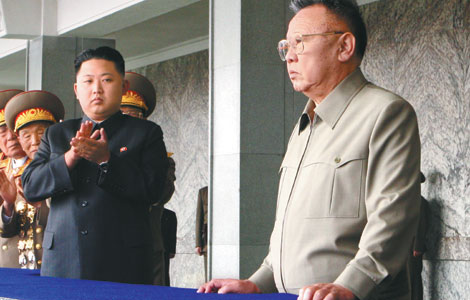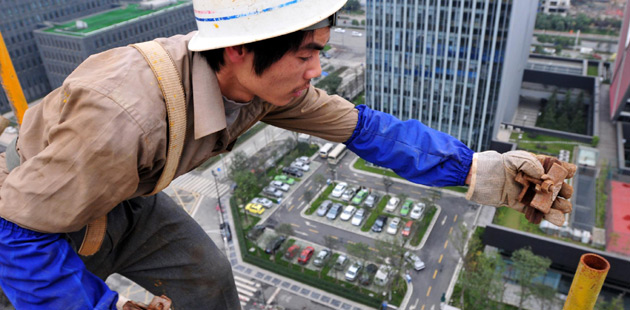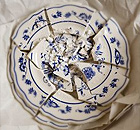Steelmakers may still face waning profits
Updated: 2011-12-20 09:22
(Xinhua)
|
|||||||||||
BEIJING - After a decade of explosive growth, China's steelmakers are now grappling with developmental bottlenecks and decreased profits.
Squeezed by increased production costs, China's steel mills have been facing tough times since 2010, and experts say their troubles are not likely to end any time soon.
"All steel companies are teetering on the brink of deficit, hurt by surging raw material costs, tightened liquidity and slumping product prices. Profit margins in October fell to 0.47 percent," said Zhang Changfu, deputy head of the China Iron and Steel Association (CISA).
Although China remains the world's top steel producer with a growing steel sector, the "good old days" for steelmakers are long gone.
In the first three quarters, China produced 525.7 million metric tons of crude steel, up 10.7 percent from a year earlier, according to the National Development and Reform Commission (NDRC), the country's top economic planner.
The output figure was set to lift the year's production to a new high. But the expansion came at a much slower pace, compared to the 22.6-percent annual growth rate experienced between 2001 to 2005.
Meanwhile, the steel industry's total profit margin stood at merely 2.99 percent in the first nine months of this year, representing a significant slowdown from the 8-percent margin recorded in the 2001-2005 period, the CISA said in a report.
All of these factors indicate that the industry is in the middle of a cooling trend. Analysts believe the low figures will continue into next year in light of stubbornly high iron ore prices and weakening demand.
As a growth engine of the global economy for more than a decade, China's appetite for foreign iron ore has increased dramatically over the past decade. In 2000, the country imported 69.97 million metric tons of iron ore. Last year, that number surged to 620 million metric tons.
Despite being a top purchaser, China does not have much bargaining clout and has actually pushed up global prices with its large demand.
According to the CISA statistics, in the first nine months of this year, China's imported iron ore prices reached $165.74 per metric ton, up 35.35 percent from a year ago.
Although they are likely to drop in 2012, prices will remain between 130 and 150 US dollars per metric tons, according to a report by Guosen Securities.
However, rising imports will leave China with little room to reduce its dependence on foreign iron ore next year, said Zhao Xiang'e, an analyst with Huatai United Securities.
Mysteel.com, a Chinese Internet portal dedicated to the iron and steel industry, estimated China will import as much as 720 million metric tons of iron ore in 2012, up 9 percent from this year.
As China enters a period in which it is shifting toward consumption and away from exports and investment, nationwide demand for steel will gradually wane, resulting in market overcapacity and price drops.
Moreover, government tightening measures to tame inflation have already taken a toll on dwindling demand.
Real estate developers and automobile makers, two of the biggest steel consumers, have posted slower growth this year amid a liquidity crunch. Steel prices have subsequently plummeted since September, according to an index compiled by Mysteel.com.
Analysts said the industry is expected to see even lower product prices in the first half of next year.
According to Custeel.com, a network that serves China's 12 major steel companies, steel prices will decrease in the beginning of 2012 and rebound in the second half, dropping by an average of 300 yuan ($47.33) from 2011.
In addition, with market oversupply hitting 22 percent, the industry will still be able to survive on meager profits next year, Guosen Securities said.
Related Stories
Major steel producers continue to cut prices 2011-06-23 07:48
Consolidation conundrum for mills 2011-01-12 07:58
NAO checks steelmakers' progress in update plan 2011-10-13 11:45
China collecting new sources overseas to provide iron ore 2011-09-02 10:03
Net profits of iron companies decrease 2011-08-30 14:25
Major steel producers continue to cut prices 2011-06-23 11:14
- Taobao: attackers are illegal merchandisers
- Economic growth seen slowing down in 2012
- Social funds yields may be negative
- Automakers response to new tariffs
- Capital outflows 'could result in further easing'
- Manufacturing to stay pivotal
- Investment in power projects up 9.5% in Jan-Nov
- MOC to sanction concealing of market disorder








